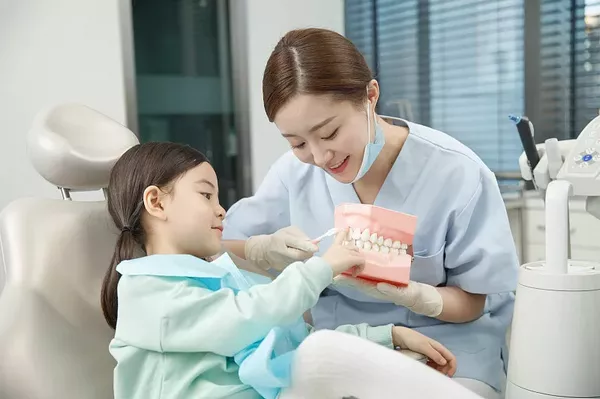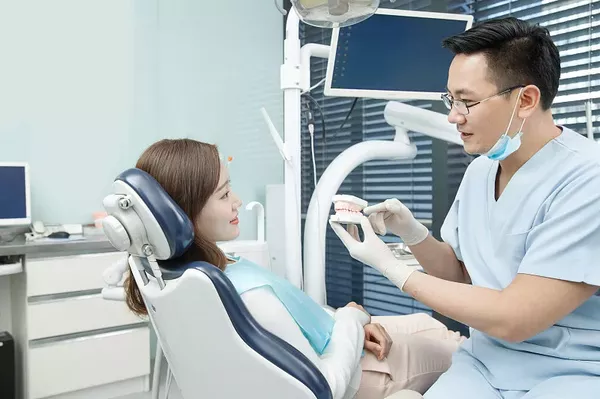Getting a dental filling is a common dental procedure that involves the removal of decayed or damaged tooth material, followed by the placement of a filling material to restore the tooth’s structure and function. After a filling, you may be wondering when it is safe to eat again. In this article, we will discuss the appropriate time to eat after a filling and what foods to avoid to prevent further damage to the tooth.
Immediately After the Filling
After the dental filling procedure, your mouth may feel numb due to the anesthesia used during the treatment. Therefore, it is recommended to wait until the numbness wears off before eating. This typically takes about 2-4 hours, depending on the type and amount of anesthesia used.
If you attempt to eat while your mouth is still numb, you may bite your tongue, cheek, or lip unknowingly, which can cause injury. Furthermore, eating too soon after a filling can cause the filling to shift or come out of the tooth, which can result in further dental issues and pain.
Soft Foods
Once the numbness wears off, it is safe to eat. However, it is important to start with soft foods that require minimal chewing to avoid exerting too much pressure on the filled tooth. Soft foods include soups, mashed potatoes, oatmeal, yogurt, and smoothies. These foods are easy to swallow, and they will not damage the filling. It is recommended to avoid eating hot or cold foods and drinks for the first few hours after the filling because the tooth may still be sensitive.
Avoid Hard and Sticky Foods
While you may resume your regular diet after the numbness wears off, it is important to avoid certain foods that can damage the filling or the tooth. Hard and sticky foods, such as candy, nuts, popcorn, and ice, can break or dislodge the filling, causing pain and discomfort. If you must eat hard foods, it is recommended to chew on the opposite side of the mouth or cut the food into smaller pieces to minimize the pressure on the filled tooth.
Maintain Good Oral Hygiene
After a filling, it is important to maintain good oral hygiene to prevent further dental issues. This includes brushing and flossing regularly and avoiding sugary and acidic foods and drinks that can cause tooth decay. Additionally, it is recommended to schedule regular dental checkups and cleanings to monitor the filling and ensure the tooth remains healthy.
In conclusion, after getting a dental filling, it is important to wait until the numbness wears off before eating and to start with soft foods. It is also important to avoid hard and sticky foods that can damage the filling or the tooth. By following these guidelines and maintaining good oral hygiene, you can ensure the longevity of your dental filling and prevent further dental issues.






























